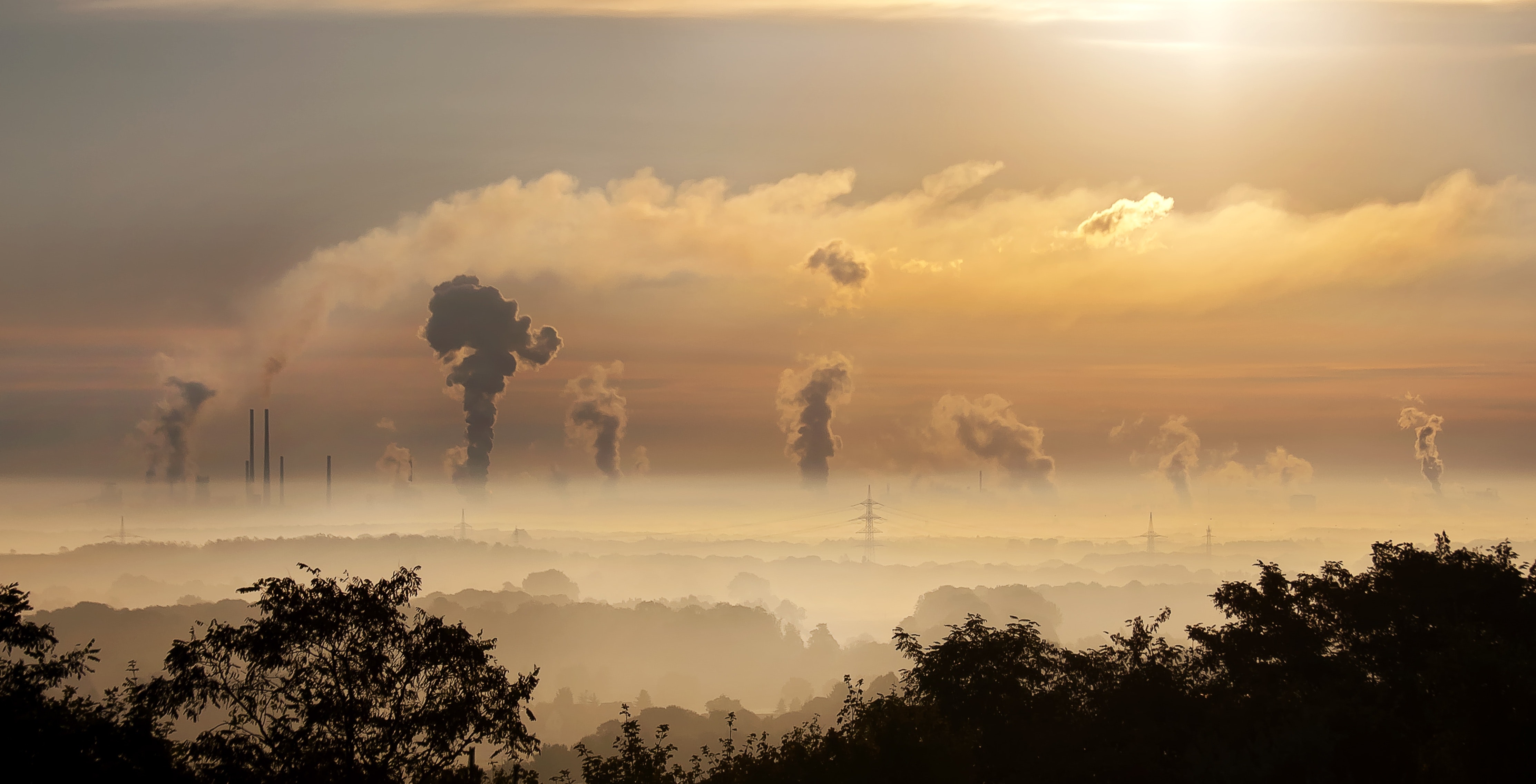
It’s imperative that we reduce the levels of carbon dioxide and other greenhouse gases in our atmosphere if we want to avoid greatly increased risk of damage from climate change. The books below explore issues of carbon dioxide emissions and storage solutions. All are free to read online or download.
Negative Emissions Technologies and Reliable Sequestration: A Research Agenda
To achieve goals for climate and economic growth, “negative emissions technologies” (NETs) that remove and sequester carbon dioxide from the air will need to play a significant role in mitigating climate change. Unlike carbon capture and storage technologies that remove carbon dioxide …
Carbon dioxide removal (CDR) techniques, which aim to remove and sequester excess carbon from the atmosphere, have been identified as an important part of the portfolio of responses to climate change and have been garnering increased attention. Forests, grasslands, agricultural lands, and soils …
Direct air capture (DAC) refers to a range of technologies that capture and concentrate carbon dioxide (CO2) from ambient air. These technologies can include chemical scrubbing processes that capture CO2 through absorption or adsorption separation processes. DAC can also …
Geologic Capture and Sequestration of Carbon: Proceedings of a Workshop–in Brief
Geologic carbon capture and sequestration encompasses approaches for relatively permanent storage of carbon in the Earth’s geologic formations. Carbon dioxide (CO2) that has been captured from flue gas or other waste streams as pressurized fluids can be trapped geologically through …
Bioenergy with carbon capture and storage (BECCS) is a technology that integrates biomass conversion to heat, electricity, or liquid or gas fuels with carbon capture and sequestration. BECCS could provide a significant portion of the global energy supply if deployed to its theoretical maximum …
Coastal environments provide many valuable ecosystem services. Their role as carbon sinks has been a topic of exploration to evaluate the potential for the restoration and management of coastal habitats as a viable carbon dioxide removal (CDR) approach. To explore the state of knowledge, …
Valuing Climate Damages: Updating Estimation of the Social Cost of Carbon Dioxide
The social cost of carbon (SC-CO2) is an economic metric intended to provide a comprehensive estimate of the net damages – that is, the monetized value of the net impacts, both negative and positive – from the global climate change that results from a small (1-metric ton) increase in …
Climate Intervention: Carbon Dioxide Removal and Reliable Sequestration
The signals are everywhere that our planet is experiencing significant climate change. It is clear that we need to reduce the emissions of carbon dioxide and other greenhouse gases from our atmosphere if we want to avoid greatly increased risk of damage from climate change. Aggressively pursuing …
Sustaining Ocean Observations to Understand Future Changes in Earth’s Climate
The ocean is an integral component of the Earth’s climate system. It covers about 70% of the Earth’s surface and acts as its primary reservoir of heat and carbon, absorbing over 90% of the surplus heat and about 30% of the carbon dioxide associated with human activities, and receiving close …








